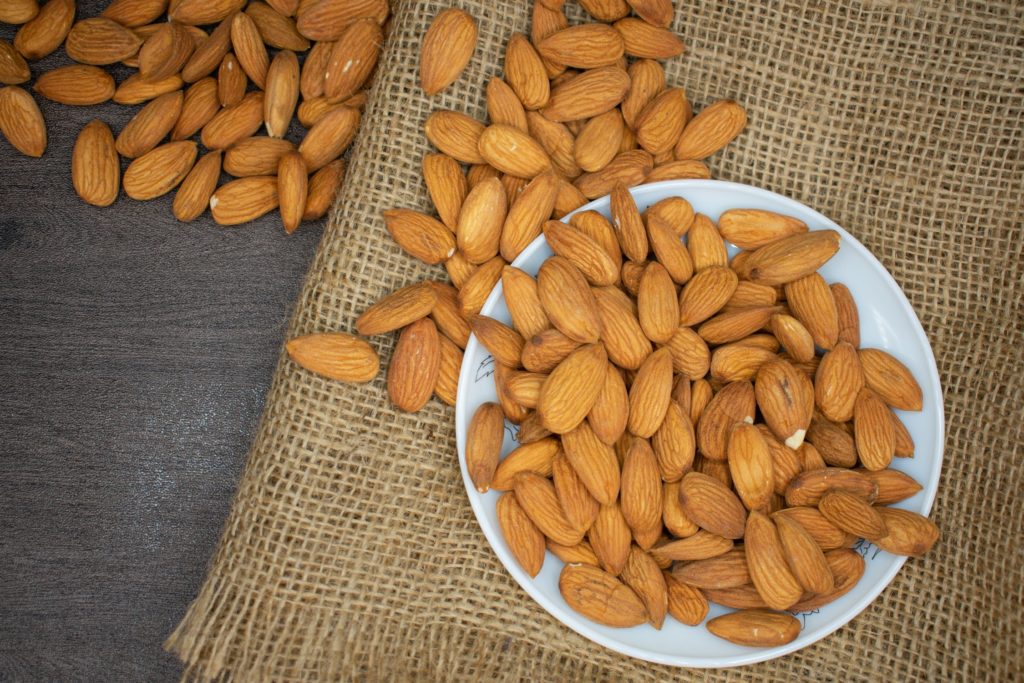Having a day where no matter which way you move, you hurt? Whether you’re an occasional runner or a gym fanatic, you should consider recovery an essential part of your health.
Instead of dealing with the fatigue and soreness by popping an Advil and sucking it up, try one of these science-backed tips to help your body feel better, faster. Trust us, your recovery days and easy workout days are just as important as the days you crush it.
Take the time you need to rest your bones, treat your body well, and reap the benefits later.
1. Get more sleep
While the exact relationship between sleep and exercise is still unclear, research suggests that sleep deprivation can have a significant negative effect on performance and recovery.
Sleep affects the whole body and all its systems — including the brain, heart, lungs, along with metabolism, immune function, mood, and disease resistance. So, getting extra Zzz’s after a tough workout might do more than you know to speed your body’s recovery.
2. Listen to music

Music can be great for helping us power through a tough workout — or at least distracting us from that “My legs are on fire!” feeling — but listening to relaxing tunes can also aid in exercise recovery.
Slow-tempo songs can help reduce your heart rate faster and get your blood lactate — the stuff that causes the pain in the first place — down back to resting levels more quickly after exercise.
3. Have some protein before bed
Barring a serious case of sleepwalking, we’re not usually giving our body nutrients while we sleep. And you probably know by now that, when we workout, we cause tiny tears in our muscle tissue.
The body immediately goes to work repairing these tears, fueled by the protein we eat. Research shows that consuming a light, protein-rich snack before bed allows our bodies to keep repairing muscles overnight.
4. Eat protein in the morning
After a hard workout and a good night’s rest, the body can use some nutrients to recharge. Breakfasts high in protein can keep the muscle rebuild chugging along and might also reduce cravings later in the day.
5. Drink chocolate milk

Looking for a convenient post-workout snack on the go? Chug some chocolate milk. The protein it contains will kickstart muscle recovery, and those chocolatey carbs have been shown to decrease the amount of time it takes for the body to get ready for its next challenge.
6. Try tart cherry juice
Stiff as a board from yesterday’s spin class or lifting session? Tart cherry juice or supplements might help reduce the swelling that occurs when muscles are damaged, allowing our bodies to recover faster and with less pain.
A research review that looked at the benefits of dietary supplements in athletes found that tart cherry juice reduced inflammation and delayed-onset muscle soreness (DOMS) after exercise.
7. Drink lots of water
Better recovery could be just a glass (or two, or three) away. Among many other functions, fluid helps to remove the metabolic waste a heavy workout produces.
According to the American Council on Exercise, you should drink 8 ounces 30 minutes after exercise and 16 to 24 ounces for every pound of body weight lost during exercise. In the heat, apparently, it’s possible to lose up to 4 liters — or almost 9 pounds of fluid — per hour.
8. Skip the booze
Those of us who enjoy a post-workout happy hour might want to be careful of too much of a good thing. According to the National Strength and Conditioning Association, anything with 4 percent or more alcohol can increase how much you pee, which delays rehydration after exercise.
Also, alcohol interferes with the synthesis of protein, which means it can mess up the body’s muscle repair magic after a workout.
9. Make the foam roller your friend
Much of the soreness that goes along with exercise occurs when our muscles and fascia — the connective tissue that runs throughout the body — become “knotted.”
Rolling out muscles with foam or semi-rigid rollers can help remove those knots — aka myofascial adhesions — and prevent muscle imbalances from forming. While not exactly noted for its comfort, the benefits of foam rolling are worth it.
10. Get a massage
Recovery back rubs, anyone? As though we really needed randomized controlled studies to tell us, research shows that massage helps reduce post-exercise muscle soreness.
11. Eat a little protein before your workout

Amino acids are the building blocks of tissue, and we consume protein to give our bodies enough amino acids to rebuild and maintain the muscles we “damage” during workouts.
Research has shown that having a little protein before working out can trigger our bodies to start repairing and building more muscle during and after hitting the weights.
12. Eat something with protein post-workout, too.
Sensing a trend here? While protein helps the body do its repair work, eating something containing both carbohydrates and protein is a good idea immediately post-exercise.
Consuming milk, yogurt, or a peanut butter sandwich within two hours after your workout can help your muscles recover and restore the glycogen they’ve lost.
13. Take a daytime nap

According to the National Sleep Foundation, naps can restore alertness, enhance performance, and reduce mistakes and accidents. Also, a study involving over 10,000 students, ages 16 to 30, found a link between sleep quality and duration and muscle strength.
Men who got seven or more hours of sleep had greater hand-grip strength than those who got less than six hours. Sleep had no significant effect on women’s strength, however.
And trust us, a quick power nap won’t ruin an upcoming night’s rest.
14. Rest your muscles
While many advocate two days between workouts involving the same muscle group, there’s no one-size-fits-all solution for recovery time. Factors like age and fitness level are important in determining how much rest we really need between our weight-lifting sessions.
If you notice your performance is deteriorating from workout to workout, that’s a sure sign to schedule in a few extra rest days.
15. Try compression garments
For many athletes, it’s important to quickly regain the energy (and willpower) to run, jump, or throw once again. Research suggests wearing compression garments can help decrease muscle recovery time, especially strength recovery, between intense bouts of exercise.
16. Take a cold bath
While it might be a scary prospect, it’s a common assumption among some athletes that taking a cold, full-body plunge after working out can significantly reduce soreness and inflammation after exercise.
However, research suggests that while cold water immersion may be helpful for reducing muscle inflammation after resistance training, it’s not any more effective than active recovery (in this case, low-intensity cycling).
17. Try anti-inflammatories
Make sure you’re cleared by your doctor first and don’t have any reason to avoid them, but anti-inflammatory medications can speed muscle recovery and reduce soreness, at least in the short term.
However, if you’re trying to build muscle, research indicates that high doses of NSAIDs (drugs like ibuprofen and aspirin), may hinder exercise’s ability to increase muscle strength.
Bottom line: If your goal is bigger biceps, a little soreness may be part of the process. An occasional Advil is probably fine. Just take one, and don’t make it a regular part of your routine.


buy cialis 20mg
sildenafil tadalafil and vardenafil
best place to buy generic cialis online
cheapest cialis online
cialis online india
It’s impressive that you are getting thoughts from this post as well as from our
discussion made at this place.